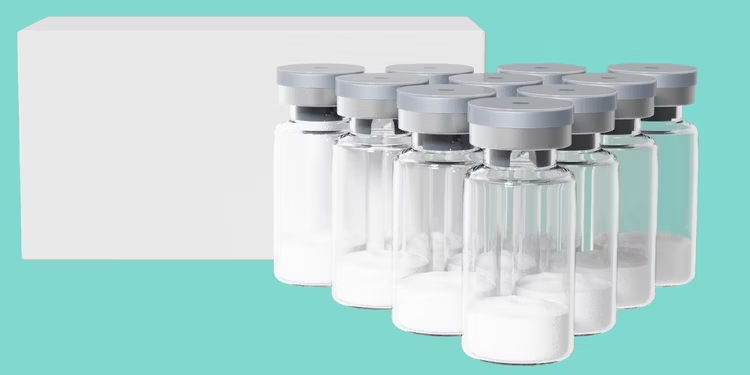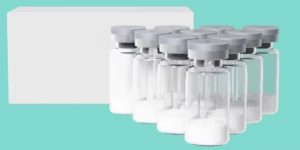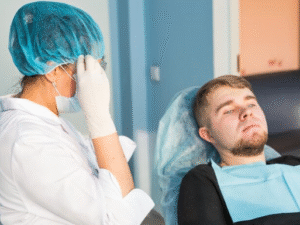When researchers buy bulk Retatrutide, they are often working under the principles of GLP (Good Laboratory Practice). GLP is a quality system concerned with the organizational process and conditions under which non-clinical studies are planned, performed, monitored, and reported. The entire system is built on one word: integrity. Your data must be reliable and reproducible, and that starts with your primary compounds.
In peptide research, “purity” isn’t a marketing buzzword; it’s a non-negotiable prerequisite for valid data. When a supplier claims ≥99% purity, that remaining 1% (or more) is critical. Here’s why high-purity is the only option for serious GLP studies.
The Problem with Impurities: Unknown Variables
Peptide synthesis is a complex process. The “impurities” in a low-grade vial are not just harmless filler. They can include:
Synthesis Byproducts: Peptides with missing or incorrect amino acid sequences.
Failed Sequences: Shorter, incomplete versions of the peptide.
Residual Solvents: Harsh chemicals left over from the purification process.
In a research context, these impurities are “unknown variables.” An impure compound doesn’t just mean you are getting less Retatrutide; it means you are introducing other molecules that could have their own unintended biological effects, potentially skewing your results and leading to false conclusions.
The Mannitol-Free Standard
One of the most common “impurities” is not a byproduct but an additive. Many suppliers add mannitol (a sugar alcohol) as an excipient. This bulking agent makes a tiny amount of peptide look like a full vial, but it’s a disaster for GLP.
When you buy Retratutide vial of 10mg that contains an unknown percentage of mannitol, it is impossible to calculate an accurate concentration for your study. A high-purity, GLP-focused supplier will always provide mannitol-free peptides. This ensures that when you select the 10mg Retatrutide option ( https://bulkglp.com/product/retatrutide-ly3437943-glp1r-glp3/ ), you are receiving 10mg of pure, lyophilized peptide. This is essential for accurate, repeatable scientific data.
How Purity Is Verified: The COA
You cannot “eyeball” purity. The only way to ensure you are buying high-purity Retatrutide is to demand a Certificate of Analysis (COA) from an independent, third-party U.S. lab. A legitimate COA provides two key pieces of data:
HPLC (High-Performance Liquid Chromatography): This analysis separates the components of the sample and shows the main peptide as a large peak. The area of this peak relative to the total area is the purity, which should be ≥99%.
MS (Mass Spectrometry): This analysis confirms the identity of the main peak by measuring its molecular weight. For Retatrutide, this should be ~4731.33 g/mol.
When you buy bulk Retatrutide from a verified supplier like BulkGLP, you aren’t just buying the powder in the vial. You are buying the verifiable, third-party-tested proof of its purity and identity, which is the true foundation of any GLP-compliant research project.




